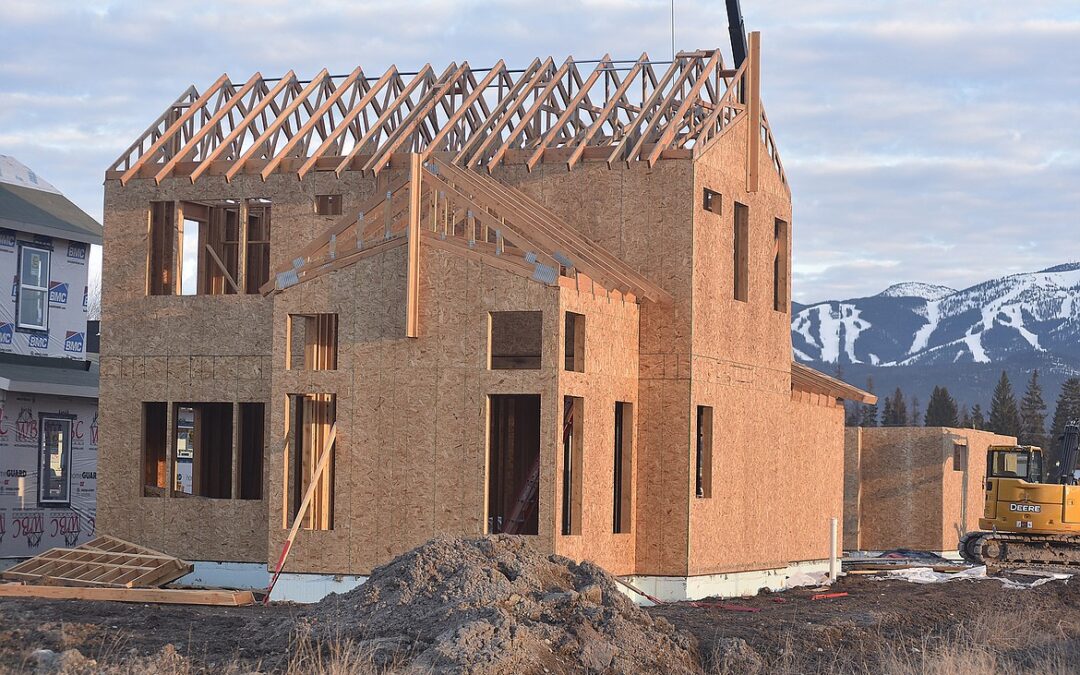
by Julie Engler | May 1, 2023 | flathead sensible growth
The City of Whitefish Planning Department is preparing to begin the process of updating the city’s Growth Policy.
The Whitefish City Council determined the creation of a new Growth Policy, which reflects current and future conditions and ties all subsequent plans together, is prudent. They have made this task a priority goal.
Montana State Statute requires review of a growth policy once every five years, at least. According to the staff report, the existing Growth Policy was last updated in 2007. However, updates like the highway corridor plans and the Downtown Master Plan have been added as recently as 2021.
Prior to their regular meeting last week, the council was treated to a presentation by Whitefish City Planner Alan Tiefenbach about growth policies in general and specific data he gathered as a starting point for creating the new plan.
In his report, Tiefenbach said a growth policy, or comprehensive plan, is an official public document adopted and used by Montana cities, towns and counties as a guide for making decisions about their future, particularly regarding land use.
While a growth policy is not mandatory, the requirements for plans state that a growth policy must be prepared for any city to adopt municipal zoning and that zoning must be consistent with the growth policy.
Additionally, a city’s planning board is the only entity authorized to prepare a growth policy.
According to the staff report, an early step to creating an updated growth policy, or comprehensive plan as they are often called, is to create an inventory of its existing characteristics and features using maps and narrative.
Tiefenbach shared several maps showing the corridor plans, age of structures, location of housing as well as other key elements.
“I drove and I walked every single street in the city and I mapped all the uses at a parcel level. So, I mapped what is actually there now and I compared it to Google Maps and property record data for the state,” Tiefenbach said. “This is a snapshot of what the City of Whitefish looks like.”
In order to encourage community involvement with the Growth Policy, a catchy name was chosen earlier in the month by the planning board. Vision Whitefish 2045 is the new name for the growth policy document.
“Generally, comprehensive plans look out 20 years into the future,” Tiefenbach said. “We’re figuring… we’ll get done with it somewhere late 2024, somewhere early 2025.”
A contest to design a logo for Vision Whitefish 2045, the newly-renamed plan, is in the works and public input during the process of developing the plan is a priority.
Staff has prepared a tentative timeline for the growth policy update process and they
intend to begin “kick-off” and visioning meetings with the public regarding the growth policy update in April and May.
Written by Julie Engler for the Whitefish Pilot. Please view the original story and photo here.

by Julie Engler | Mar 9, 2022 | Media
By JULIE ENGLER – Whitefish Pilot, (Photo credit: Heidi Desch/Whitefish Pilot)
Unpredictable economics have left the developer of the Trailview subdivision struggling to continue to provide affordable housing units.
An amendment aiming to help the financial strain passed unanimously at the City Council meeting on Feb. 22. Councilors voted to allow developer Jerry Dunker to sell 10 units of the Trailview project at market rate. The affordable housing subdivision southwest of the intersection of Monegan and Voerman roads was first approved by the Council in May of 2018.
The original condition stated all of the 58 units would be affordable. Half of them would be deed-restricted based on income and half reserved for local workers. Dunker gave an update on the development to council and explained the goal has always been for the development to have 100% deed-restricted units. Unforeseen economic difficulties have caused him to request this change to the original plan.
“Our goal from the start was 100% deed-restricted, it didn’t evolve to that, that was our goal. Unfortunately, there were economics we didn’t predict, I don’t think anyone did,” Dunker told the Council.
Due to the increased cost of construction materials and labor, supply chain delays, and material shortages, Dunker asked Council to approve an amendment that will allow him to sell 10 of the units at market price.
The average sale price of the first homes sold in Trailview was $315,000. Home prices in the Trailview subdivision went up 7.2% since 2020. For comparison, Dunker told the Council the prices of single-family homes in Whitefish went up 30% in 2021 bringing the average price to $1.3 million.
He went on to say there were no homes currently on the market priced under $500,000.
Council voted unanimously to allow the amendment with little further discussion. Dunker said people have contacted him and asked how they can help. He is investigating other options and will use the amendment to sell 10 units at a market rate only if he must.
“We’re not gonna stick these on the market right away and try and sell them,” he said. “I know we can, but we want to look at some options to keep these affordable.”
During the public hearing, Ben Johnson, a resident of the Trailview neighborhood, spoke in support of Dunker, saying, “aside from the federally supported low-income housing projects, Trailview has offered more deed-restricted units than any other development in Whitefish and is all privately funded.”
He added that Dunker is very responsive to the needs of the residents of Trailview and the community should be supportive of Dunker.
There are currently 22 homeowners in the subdivision and seven homes under contract and under construction; the development is at the halfway point.
The remainder of Trailview’s 58 units are expected to be completed in approximately two years.
Read the original story written by Julie Engler in the Whitefish Pilot, here.


